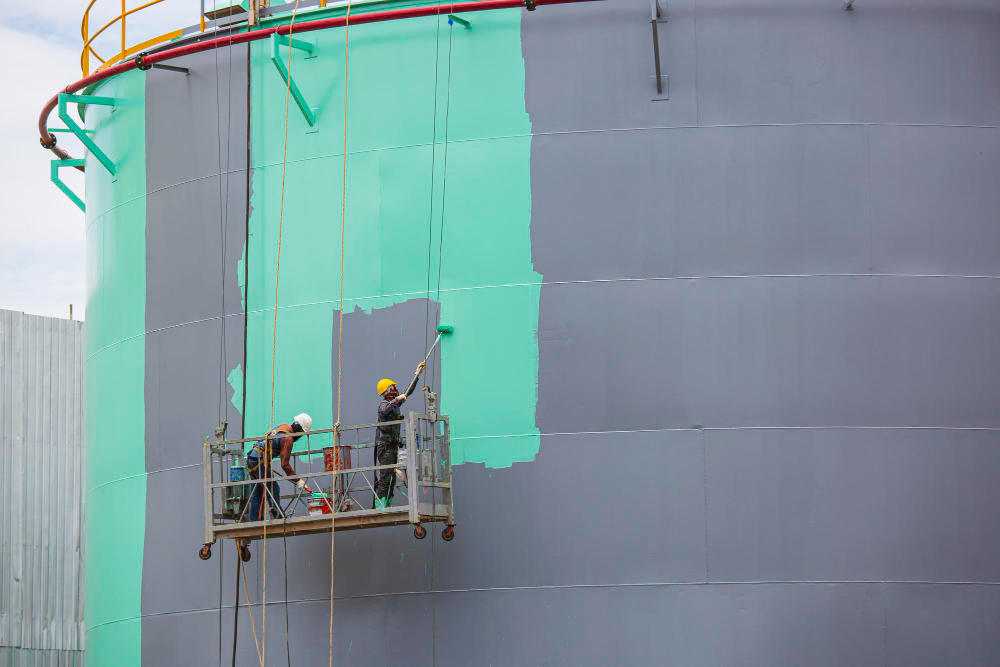A Guide to Industrial Painting Methods for Coating Water, Fuel, and Storage Tanks

Are you in charge of maintaining tanks that store water, fuel, or other materials? If so, you know how important it is to keep these tanks in good condition to prevent leaks, corrosion, and other damage. One of the best ways to protect your tanks is by applying a high-quality coating that can resist harsh environments and provide long-lasting protection. In this blog post, we'll take a closer look at industrial painting methods for coating water, fuel, and storage tanks so you can make an informed decision for your business.
1. Surface preparation is key
If you want your tank coating to last, you'll need to start with thorough surface preparation. This means cleaning the surface of the tank to remove any dirt, oil, rust, or other contaminants. Depending on the type of tank and its condition, you may need to use sandblasting, power washing, or chemical cleaning to achieve a clean and uniform surface. Additionally, you'll need to inspect the tank for any cracks, corrosion, or other defects that could compromise the coating's adhesion or performance.
2. Choose the right coating material
There are many types of coating materials available for industrial painting, including epoxy, polyurethane, vinyl ester, and more. Each material has its own advantages and limitations, so it's important to choose the right one for your specific application. For example, if you're coating a water tank, you'll want a coating that can resist microbial growth, while a fuel tank may need a coating that can withstand high temperatures and exposure to chemicals.
3. Consider the application method
Industrial painting methods for tank coating can vary depending on the type of coating material and the size of the tank. Some methods include spray painting, roller coating, and brush painting. Additionally, some coatings may require special application techniques, such as airless spray or plural-component spraying. It's important to work with a professional painting contractor who can recommend the best application method for your tank coating project.
4. Allow for proper curing time
After the coating has been applied, it's essential to allow it to cure properly before putting the tank back into service. Curing time can vary depending on the coating material, environmental conditions, and thickness of the coating. In some cases, it may take several days or even weeks for the coating to fully cure. Rushing the curing process can result in poor adhesion, cracking, or other defects that can compromise the coating's integrity.
5. Maintain the coating with regular inspection and maintenance
Even the best tank coating can eventually degrade or fail over time due to exposure to harsh environments, abrasion, or other factors. That's why it's crucial to implement a regular inspection and maintenance program to monitor the condition of the coating and address any issues before they become major problems. This may include cleaning the surface of the tank, repairing any cracks or defects, and applying touch-up coatings as needed.
Conclusion
Industrial painting methods for coating water, fuel, and storage tanks require careful planning, preparation, and execution to achieve the best results. By choosing the right coating material, using the appropriate application method, and allowing for proper curing time, you can help extend the life of your tanks and minimize the risk of leaks or other damage. Whether you're maintaining tanks for water treatment, fuel storage, or other industrial applications, working with a professional painting contractor like Lakestone Painting can ensure that your tanks are protected with high-quality coatings that can withstand the toughest environments. Contact us today for a free consultation and let us help you with your next commercial painting in Winter Springs, FL.